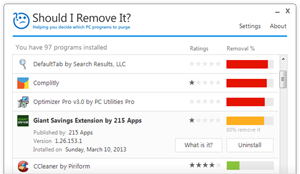This is a Windows system installed file with Windows File Protection (WFP) enabled.
explorer.exe has 52 known versions, the most recent one is 6.3.9600.17031 (winblue_gdr.140221-1952). explorer.exe is run as a standard windows process with the logged in user's account privileges. It also provides a graphical interface (GUI) for the user to interact with it and contains an icon in the Windows notifictaion system tray (near the clock). The average file size is about 2.07 MB. It is an authenticode code-signed executable issued to Microsoft Corporation by the certification authority Microsoft Corporation. Numerous variations of explorer.exe have been installed with both Windows XP (Theme) and Java 7 Update 60. During the process's lifecycle, the typical CPU resource utilization is about 0.0057% including both foreground and background operations, the average private memory consumption is about 60.87 MB with the maximum memory reaching around 109.26 MB. Addionally, typically read and write I/O disk operations is about 522.23 KB per minute for reads and 357.05 KB per minute for writes.
Windows Explorer also known as File Explorer, is a file manager application and also a navigation tool that is included with releases of the Microsoft Windows operating system. It provides a graphical user interface for accessing the file systems. It is also the component of the operating system that presents many user interface items on the monitor such as the taskbar and desktop. Located in the C:\Windows directory, it is sometimes referred to as the Windows shell, explorer.exe.
(Note, the behaviors below are for all versions of explorer.exe, select a unique version for details.)
Runs under the registry key 'SOFTWARE\Microsoft\Windows\CurrentVersion\Explorer\AutoplayHandlers\Handlers'
Exceptions allow programs to access to the Internet through an outbound connections
Based on 40+ industry antivirus scanners, 4 of them detected the following malware.
United States installs about 56.75% of Windows Explorer.

